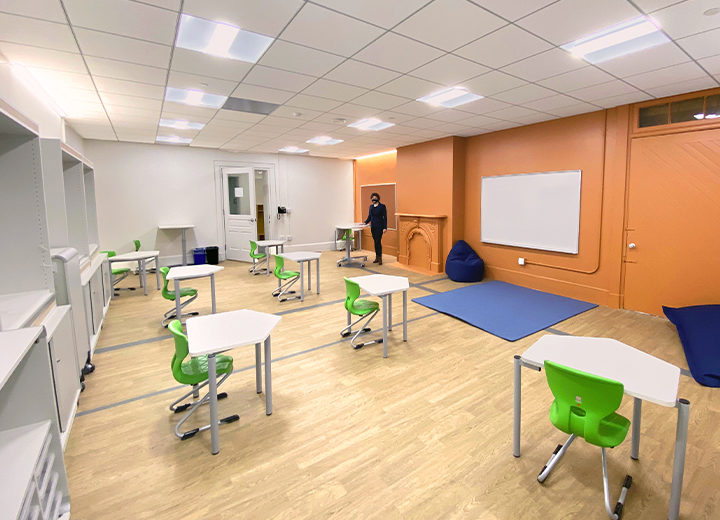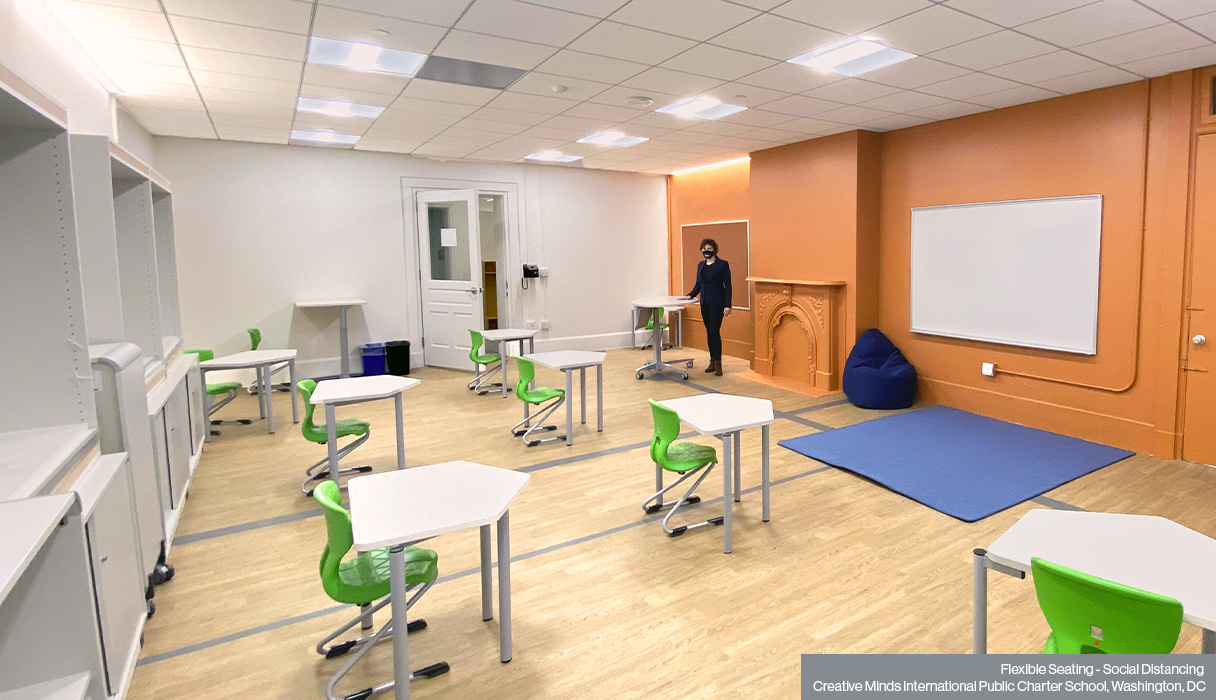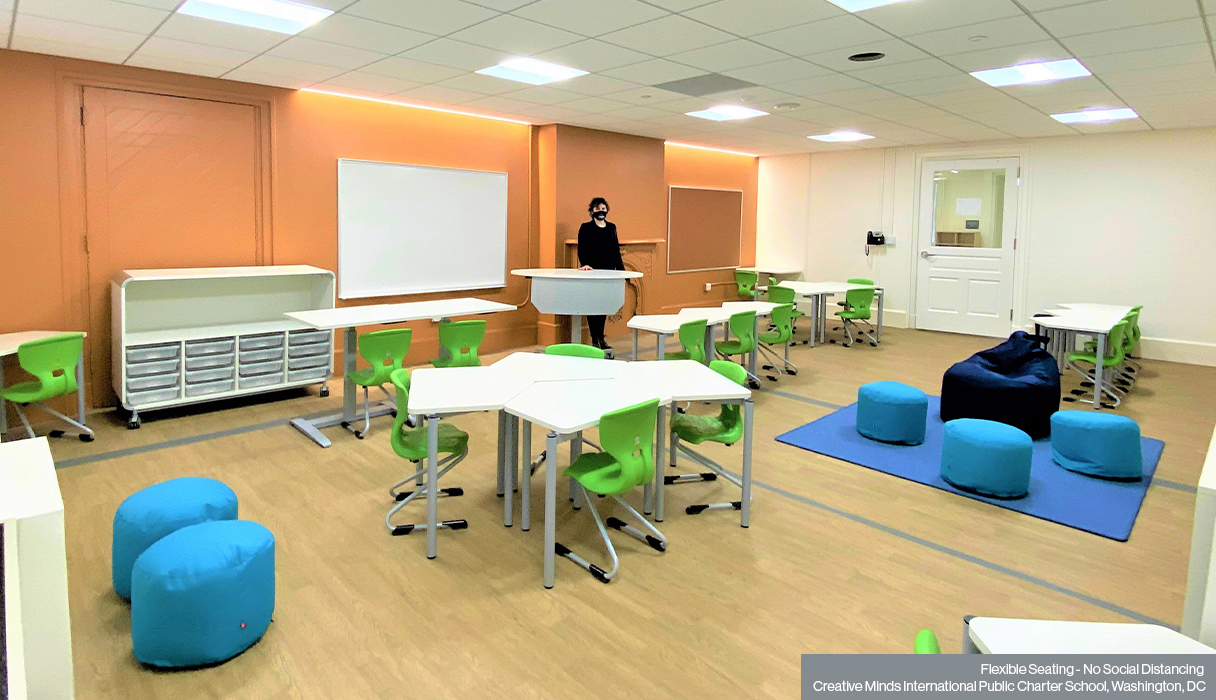Sorry, we could not find what you are looking for.
You can try again or take a look here.
Sorry, we could not find what you are looking for.
You can try again or take a look here.
Thoughts
2/24/21

The school districts we serve in the Northeast and Mid-Atlantic regions have each developed their interpretation and application of the CDC and other guidelines for handling the COVID-19 Pandemic. This means that many different approaches are being tested and data collected on what is working and what isn’t. A lack of information sharing across school districts was among the obstacles local education authorities we service reported they were confronting in the Fall.
We started this study by compiling information from the CDC and industry sources into a handout called Strategies for Controlling COVID-19 Spread in K-12 Environments and disseminated the knowledge to our clients and contacts in the Northeast and Mid-Atlantic. We then reached out to our clients or contacts in the K12 Mid-Atlantic Region to survey their Biggest Issues, What Has Worked, Questions That Have Been Raised Due To COVID-19, and Design Strategies Educators Want For The Future. After doing qualitative analysis, we found several consistent main themes appear throughout the region. These themes are:
Biggest issues
What has worked
Questions raised due to COVID-19
Design strategies educators want for the future


The counties we surveyed in the Mid-Atlantic
Position of participants
Methodology
Qualitative Analysis
Quotes